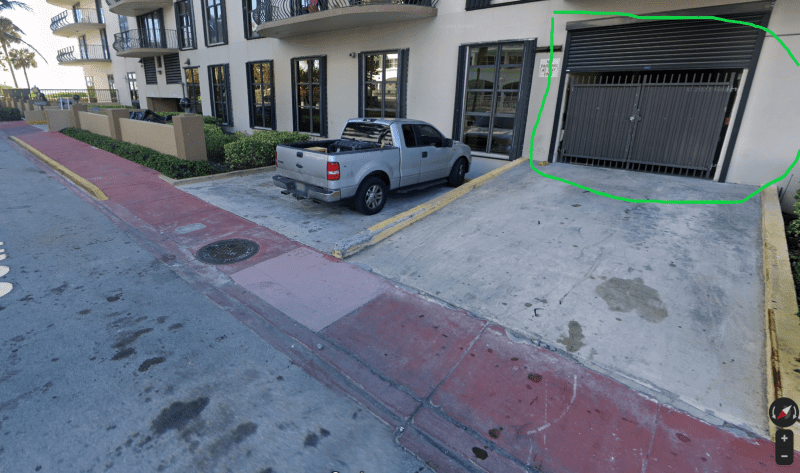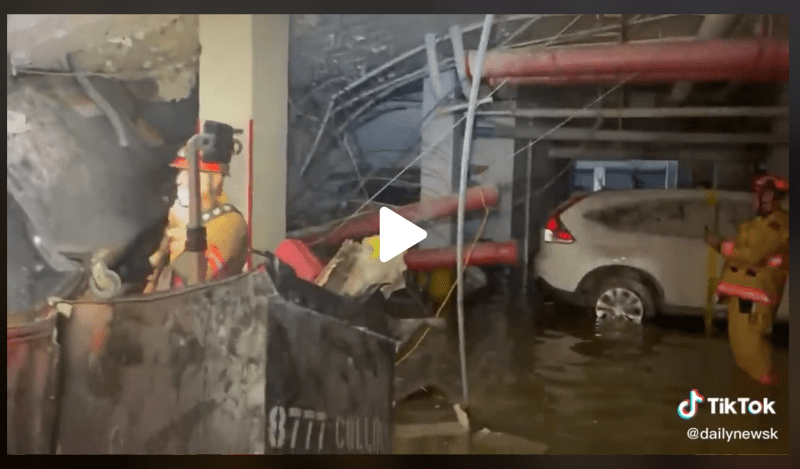SwinnyGG said:
SwinnyGG said:
It's also, in my opinion, VERY unlikely that this entire situation is going to be resolved because someone finds one little piece of bent rebar, or whatever. This failure, as far as we know today, was the result of systemic failures across the entire lifespan of the building from the initial design phase through construction, maintenance, and monitoring right up until the collapse.
In any event, I'm not sure what your intent is in continuing to belabor this point, but your posts appear to have a definite conspiratorial bent. I'm not sure why that is, but I think you're focusing on one tree rather than the forest.
Why do some engineers want to look at objects in photos? The answer is that a trigger for the collapse has not yet been found, and the engineers looking at photos believe that they can see what triggered the collapse. This does not imply a conspiracy on the part of these engineers. They are merely trying to help determine the cause of the collapse, just like the many structural engineers who believe they already know the cause of the collapse. In fact, one might wonder if there is a conspiracy on the part of some engineers to avoid considering any cause of the collapse that might place the blame on their specific profession’s responsibilities in the collapse.
If one cannot find a trigger for the collapse, then one can never know whether the true cause of the collapse has been found. This leaves the public with a very uneasy feeling about building security. For example, Morabito Consultants’ report warned that Champlain Tower South was structurally deficient, citing spalling with exposed rebar in the pool area, spalling on the balconies, spalling on the drive ramp, and water collection in the parking area and on the pool deck. Yet, the pool area still remains standing today without losing a drop of water after everything else has collapsed, the drive ramp has never collapsed on its own, no balcony has ever fallen on its own, and drains were put into the pool deck ten years ago. The water in the basement parking area was a real concern of all building residents, but it was never addressed how this problem would be fixed. Instead, a large part of the Morabito proposal was involved with non-structural improvements, like installing roof anchors, repairing stucco, repainting, replacing air conditioners, and improving planters at the building entrance. It almost seems to the public like the Morabito report was using mild structural problems as a way to scare the residents into paying a larger sum for what is essentially cosmetic repairs.
When the public hears about how structures are compromised by water causing spalling, they wonder why the Champlain Tower East hasn’t collapsed when spalling in one of its basement columns was far worse than the spalling seen on any column in the Champlain Tower South parking basement. When the public hears about how structures are compromised by water pooling in the basement garage, they wonder why the Marriott Inn Surfside hasn’t collapsed when it had several feet of water in its basement garage, yet the Champlain South building collapsed when it had only a few inches of water in its basement garage. Since these other buildings are still standing when their structural problems appear to be far worse than those of Champlain Tower South, the public gets an uneasy feeling about not only whether the true cause of the collapse has been found, but whether structural engineers truly understand why buildings collapse.
Somehow we must reassure the public that structural engineers know how to design buildings that do not collapse, that foundation engineers know how to control water intrusion into basements, that construction companies are held to rigid standards that avoid collapse, that inspectors are honest and knowledgeable about the building specifications, and that building maintenance personnel adhere to the original design specifications. One way to reassure the public that this process is being followed is to find the trigger for this building’s collapse. Another way is to strengthen regulations when they are insufficient. One thing that comes to mind is a regulation about certifying the building’s foundations relative to water ingress. Another might be to identify the person responsible for controlling roof loading during maintenance work, deck loading to prevent adding sand and paving tiles without removing the original tiles, and floor loading during condo unit improvements. Another regulation might be to demand x-raying when taking cores at regular intervals or when drilling into the cement structure to install objects like roof anchors to avoid damaging the rebar. Yet another regulation might be to inspect roofs and decks after a heavy rain to determine if water is removed promptly and thoroughly.
In summary, I would like to repeat the submissions of tmwaits1 and Colostruct above:
Colostruct said:
22 Jul 21 19:36
Quote (tmwaits1)
This is a good question to ask from the laypersons perspective so I will try and answer it based on my experience in design analysis and inspection of reinf conc structures for almost 30 years. The problem with a scenario where there is no trigger as you describe where the plaza deck has deteriorated and suddenly goes from stable to complete failure in less than about hour is this. Reinforced concrete almost never fails in this short of time without obvious signs of structural distress days, weeks months or years before the actual failure. In fact this is baked into the way reinforced concrete is designed such that failure is not brittle but gradual/ductile so that action can be taken prior to catastrophic collapse. Practically speaking, if there was no trigger then the slab should have shown more signs of deterioration like chunks of spalled concrete on the floor of the parking garage and heavy, noticeable cracking of the slab and beams well before the night of the collapse. The area where the failure occurred seems like a heavily trafficked, well lit part of the parking garage so you would think that problems in this area would have been noticed even by someone with zero knowledge of structures. I'm not saying it couldn't have collapsed without some trigger, nor that the slab wasn't underdesigned and deteriorated, but the evidence makes me lean more towards a trigger of some sort.
This is my experience also. I don't design large concrete structures of the type that failed. But, I have observed "failing" concrete decks and retaining walls where degradation of the reinforcing is causing distress.
I have also observed connection failure and can see that those failures can be sudden. In these cases the failures can be traced back to insufficient design or poor construction. They can reach a point of degradation or minor over load where failure can occur suddenly. This is not as common in concrete as it is in steel since the connections are commonly integral to the construction of the individual elements (beam and column reinforcing continuity). But, if this continuity is not provided in the design (such as grossly undersized reinforcing or inadequate development length of reinforcing) I see a potential for sudden failure.
BUT...This structure waited around until the rehab crew shows up and then falls down immediately. This is just too much of a coincidence to me. Something happened to trigger this event IMO.

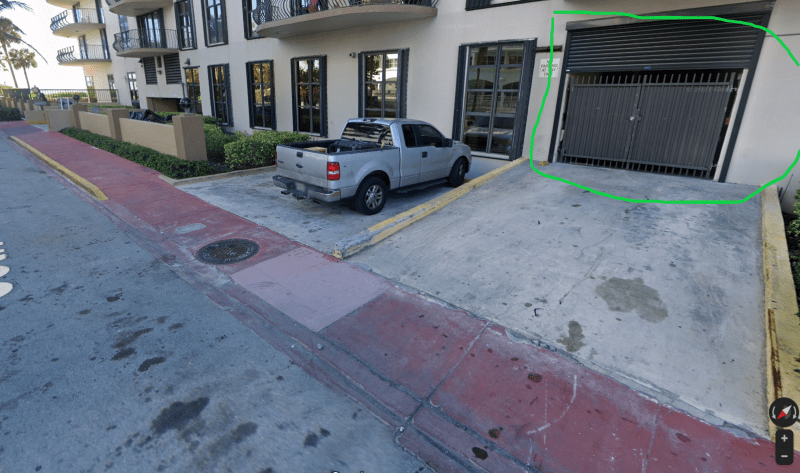
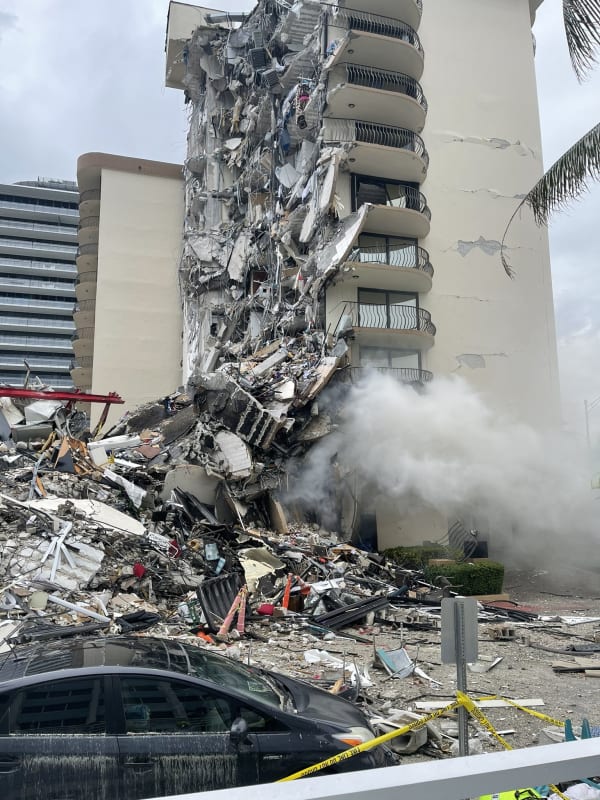
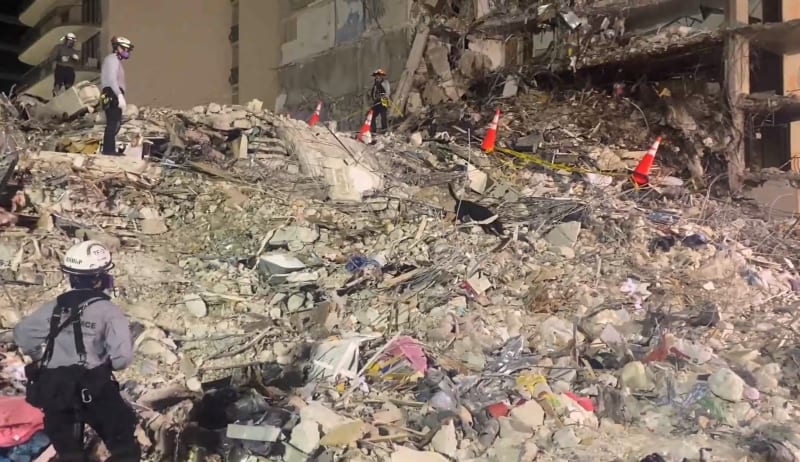
![[hourglass] [hourglass] [hourglass]](/data/assets/smilies/hourglass.gif)
